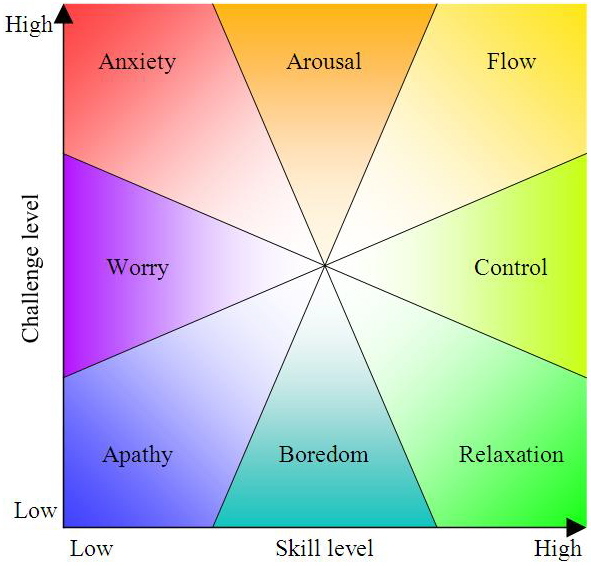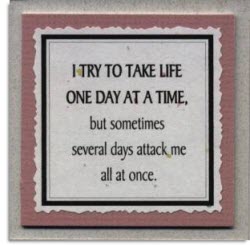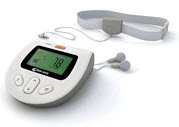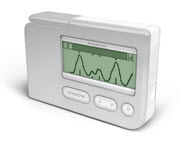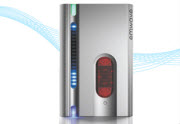 I was in Columbus Ohio last week for a series of meetings and strategic planning sessions.
I was in Columbus Ohio last week for a series of meetings and strategic planning sessions.
I love getting away from the business in order to work on the
business. That means stepping back from day-to-day issues, to look at
the bigger picture. It also means getting back in-touch with goals and
intent.
In a sense, the process acts like a compass, which sets the general direction for the journey.
In addition, preparing for a series of meetings, like this, is a lot like working on a business plan.
Personally, I've found that that one of the primary benefits of
creating a business plan has almost nothing to do with the plan itself.
Working on the plan, immersing yourself in the ideas and possibilities,
and ultimately choosing what stays-in, versus what's filtered out …
there is magic in that.
Yes, the plan is important. But it is the planning that takes you from thinking … to feeling … to knowing. That's where the real benefit of business planning comes from.
A Good Sign.
Sometimes you hear a question and it takes the air out of an idea.
Other times a question helps you make a new distinction or consider an
alternate and better course of action.
At our planning sessions, last week, there was a lot of those
pushing, pulling, probing, and deep thought … yet it built momentum.
So, I felt like we were on the right track.
How to Tell You Are On the Right Track.
I
tend to be analytical. Yet, over time, I've come to believe that one
of the best tools to measure whether you are on the right track is how
you feel.
Have you ever gotten a phone call from someone, and when you saw or heard that it was from them, you wilted? In
contrast, have you ever become more animated and energized while
interacting with someone else? It is easy to recognize the difference.
Each person has different thoughts, people, or situations that trigger these positive and negative states.
In sports, this positive state is often referred to as being "in-the-Zone". It is also called "Flow".
It happens when someone is fully immersed in what they are doing, and
has a feeling of energized focus or awareness, full involvement, and
success in the process of their activity.
Being in Flow feels good. On some level, when you are in Flow, you know you're on the right track.

